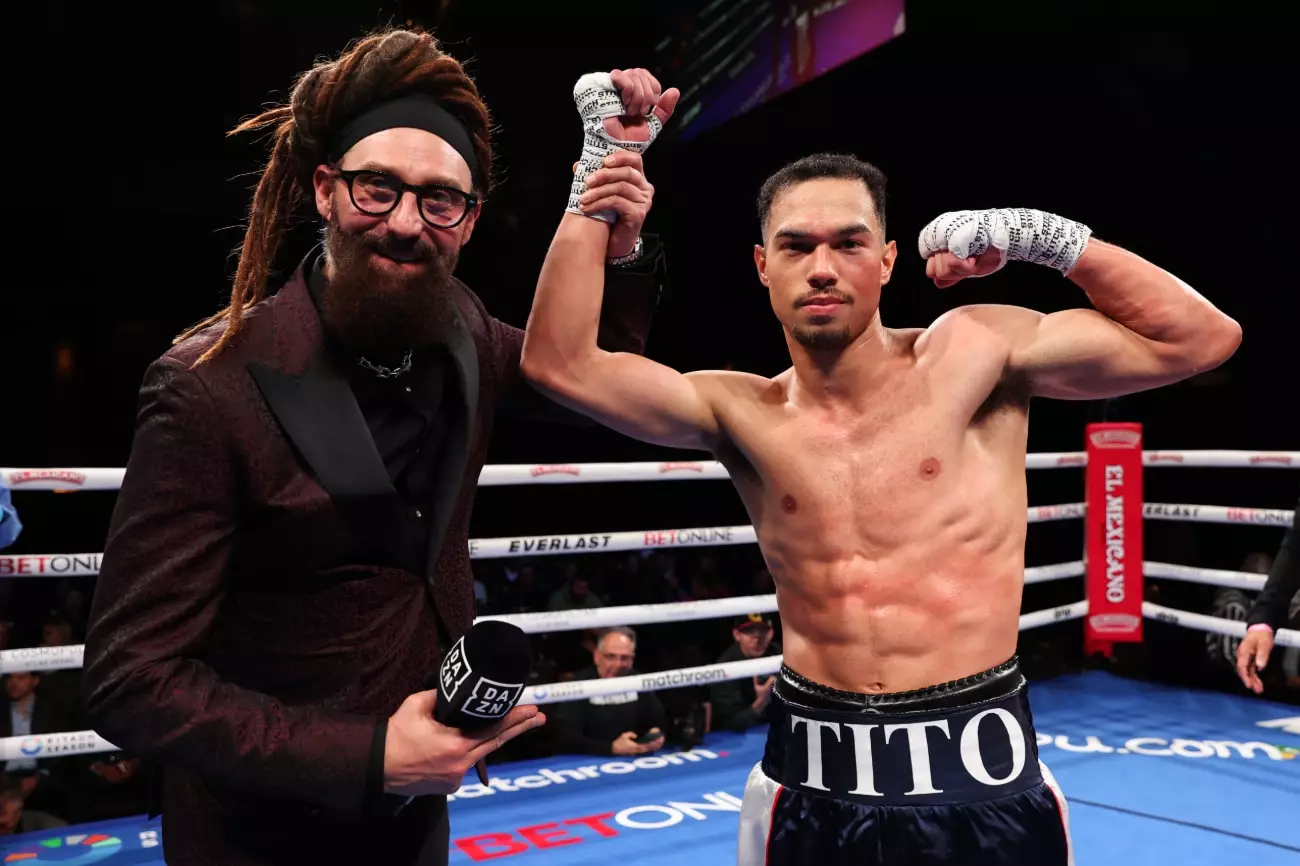In the fiercely competitive realm of boxing, challenges and callouts are par for the course. Recent interactions between Shakur Stevenson and Ernesto Mercado have spotlighted the theatrical yet strategic nature of these exchanges. Mercado, an unbeaten light welterweight prospect with an impressive record of 17-0, made waves after his decisive fourth-round knockout victory over former two-division world champion José Pedraza. In the aftermath of his victory, Mercado unapologetically called out Stevenson, prompting a series of reactions that reveal much about the motivations and strategies behind such public confrontations.
Stevenson, who currently holds the WBC lightweight championship, appeared visibly unsettled during Mercado’s callout. His body language spoke volumes. Rather than embracing the challenge, he seemed to shrink away, leading many to speculate about his readiness to step into the ring with a fighter who was clearly eager to make a name for himself at Stevenson’s expense. As Stevenson prepares for his next fight against Floyd Schofield, the contrast between his composure and Mercado’s fierce determination could not be more pronounced.
Mercado asserts that his challenge is not borne out of clout-chasing — a term Stevenson used to dismiss him — but rather a genuine desire to compete against the best in the sport. By branding himself as a fighter who is ready to tackle anyone, including Stevenson and other rising stars like Keyshawn Davis and Richardson Hitchins, Mercado seeks to solidify his standing and prove his mettle in the ring. His declaration, “I talk, and I back it up,” reflects a confidence that is central to his brand as a fighter.
On the flip side, Stevenson’s characterization of Mercado as someone merely chasing clout reveals a protective instinct. A fighter at Stevenson’s level understands the risks associated with stepping into the ring with an up-and-comer like Mercado, especially one who has demonstrated knockout power and an ever-growing fan base. This dynamic raises a critical question: Is Stevenson simply exercising caution, or is he genuinely worried about facing a formidable opponent at this stage of his career?
Analysis of the Callout Incident
During the event following Mercado’s knockout win, Stevenson’s responses suggest a defensive posture. While he acknowledges the buzz that comes from callouts, his comments about the potential dangers of quickly rising prospects taking on established fighters reflect an understanding of the unpredictable nature of boxing. His assertion that a loss could damage a young fighter’s career indicates that he is acutely aware of the stakes involved.
Mercado’s rebuttal, pointing out the close weight classes separating them, underscores a significant aspect of sports narratives: the allure of challenges that those in higher weight classes often avoid. The mere five-pound difference between 135 and 140 lbs is politically charged in boxing discussions, framing Stevenson’s reluctance to engage with Mercado as more than a matter of weight. It feeds into a narrative where one might perceive Stevenson as avoiding a potential threat — one that is both real and damaging if the fight were to favor Mercado.
Mercado’s confidence is not baseless; his performances have established him as a serious contender in the boxing community. He has shown potent knockout capabilities and an aggressive fighting style that could well test Stevenson’s defensive strategies. In a sport where power and technique can dictate outcomes, Mercado’s challenge juxtaposes against Stevenson’s previous performances, where injuries and adjustments in fighting styles have impacted his ability to maintain dominance.
The notion that Stevenson could fear the implications of a fight with Mercado is an engaging theory. As an athlete who has faced physical setbacks since moving up in weight, Stevenson’s hesitations could stem from legitimate concerns about being outperformed. Mercado, with a focus on accumulating accolades and proving his worth against champions, positioned himself as a formidable adversary who would relish the opportunity to face someone of Stevenson’s stature.
As the exchanges between Mercado and Stevenson continue to evolve, they reflect broader themes in the world of professional boxing — ambition, reputation, fear, and strategy. Each fighter navigates this landscape differently, with Mercado adopting an assertive approach while Stevenson leans towards caution. The differing styles of confrontation, coupled with the complexities of weight divisions, not only heighten the excitement surrounding potential matchups but also shape the narratives that engage fans.
In a sport defined by its unpredictability, the true value of callouts may lie not just in the spectacle they create, but in the insights they offer into the minds of the fighters. Whether clout-chasing or strategically avoiding confrontation, the dialogues these athletes engage in are as crucial to their legacies as the fights themselves. As boxing fans, we can only hope that these rivalries spark significant bouts that showcase the best of the sport.

